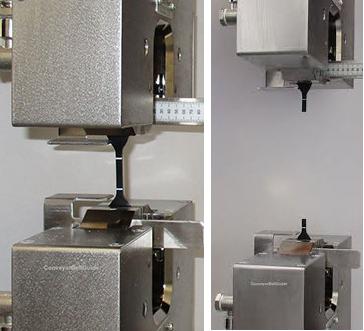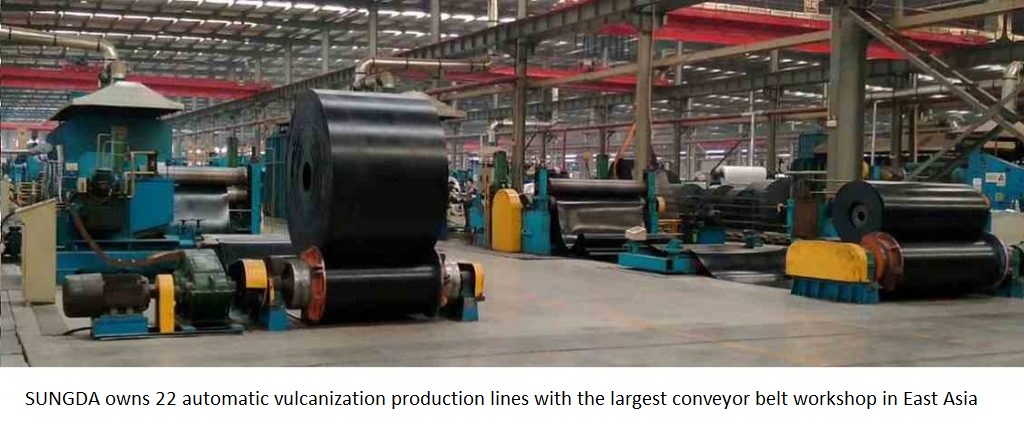Causes of Conveyor Belt Elongation and Solutions
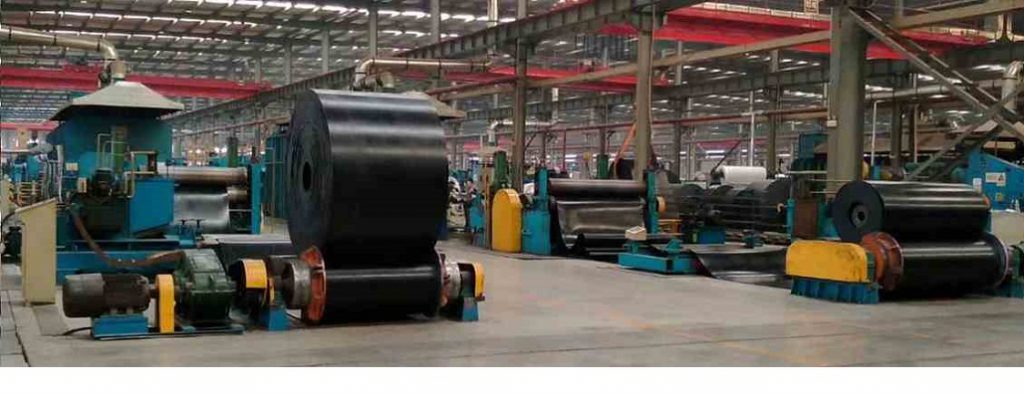
There are some problems that are still unavoidable regardless of the production method, such as elongation. Conveyor belt manufacturers, also known as conveyor belts, are rubber, fiber, metal composite products, or plastic and fabric composite products used in belt conveyor belts to carry and transport materials. Conveyor belts are widely used in cement, coking, metallurgy, chemical, steel and other industries where the transportation distance is short and the transportation volume is small.
Conveyor belt elongation means that after a period of use, the length of the conveyor belt extends a certain length compared with the original length, which causes the actual length of the conveyor belt to not completely fit the conveyor, and the two are running between There are gaps at times, which affects the overall efficiency of the conveyor.
No matter what material is used under the conveyor belt model, there will be more or less elongation.
Elongation at break testing:
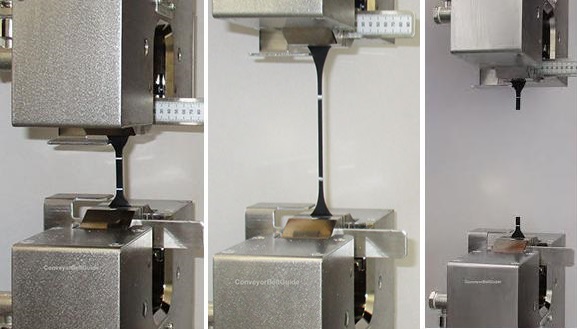
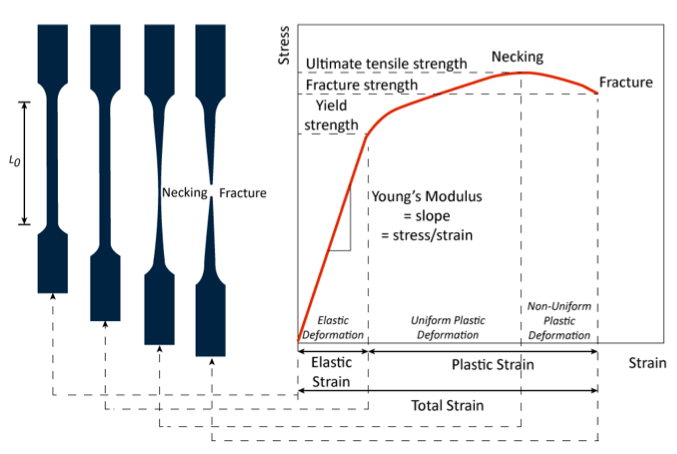
There are roughly three forms of conveyor belt elongation, namely elastic elongation, structural elongation, and permanent length elongation. The causes and consequences of the above elongation are all different.
1. Elastic elongation is the part of the elongation that appears on the conveyor belt when starting acceleration or braking deceleration. Usually, the elongation can be eliminated after applying pressure or stress.
2. The structural elongation is mostly caused by the weave pattern of the fabric rather than the fabric raw material used. In ordinary braids, the folded warp threads will be straightened when a load is applied, causing the conveyor belt to stretch, and part of the stretch cannot be restored to its original shape.
3. Finally, the permanent length change of the conveyor belt model is the most unchangeable in all cases. The change includes the length change caused by the elongation of the basic fiber structure, as well as partial elastic elongation and unrecoverable structural elongation.
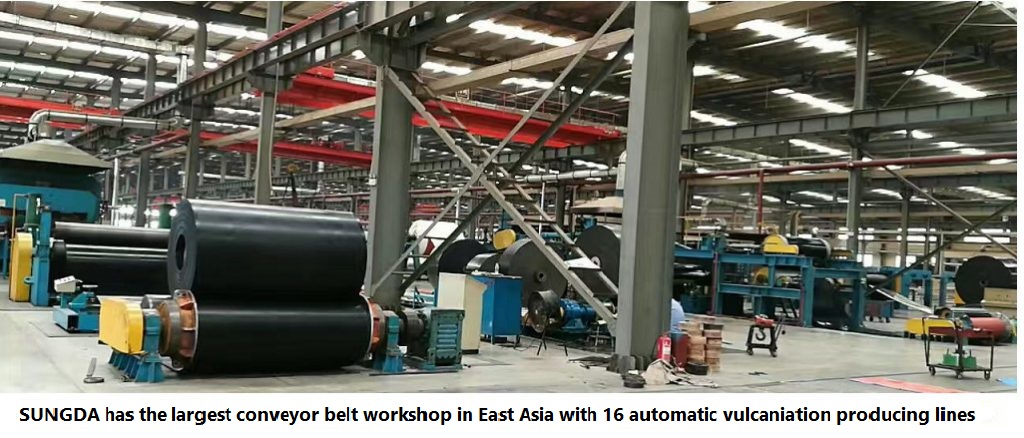
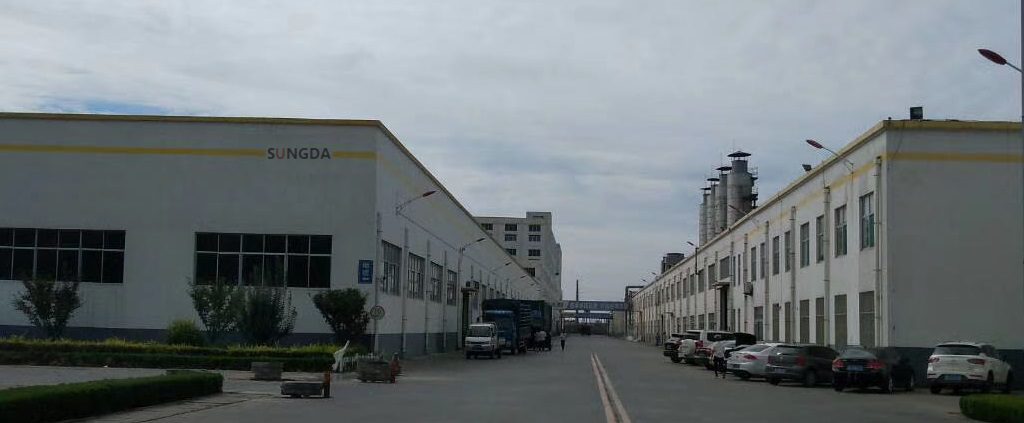

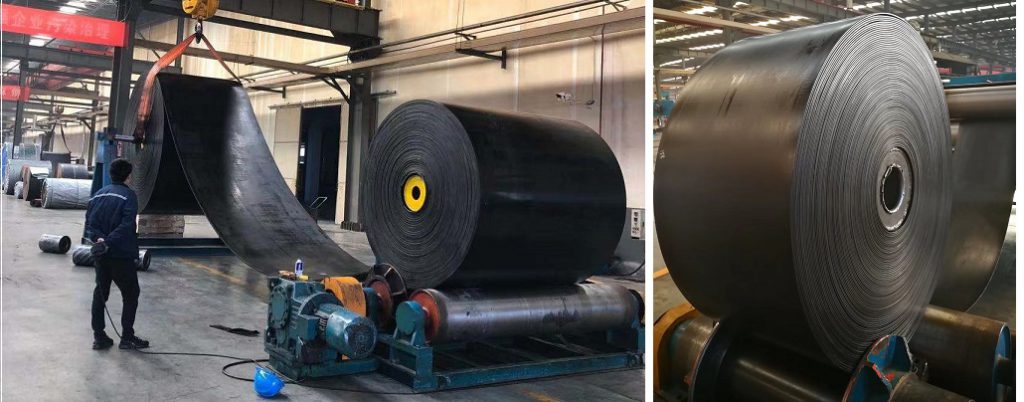
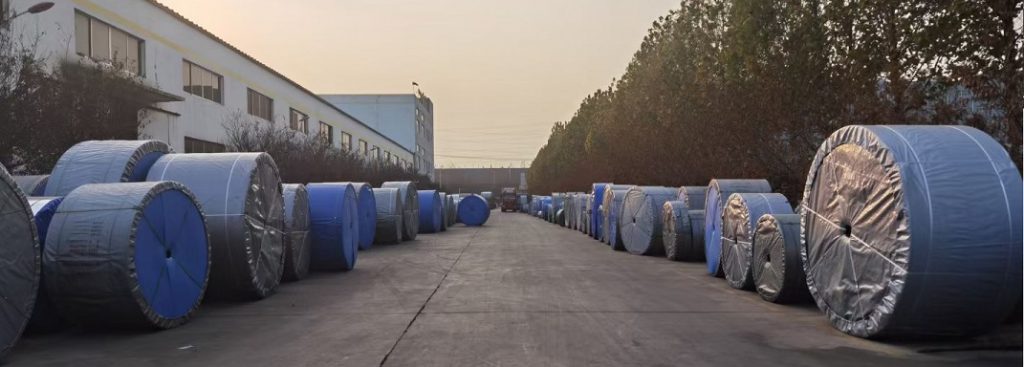
Tags: elongation,Rubber conveyor belt

